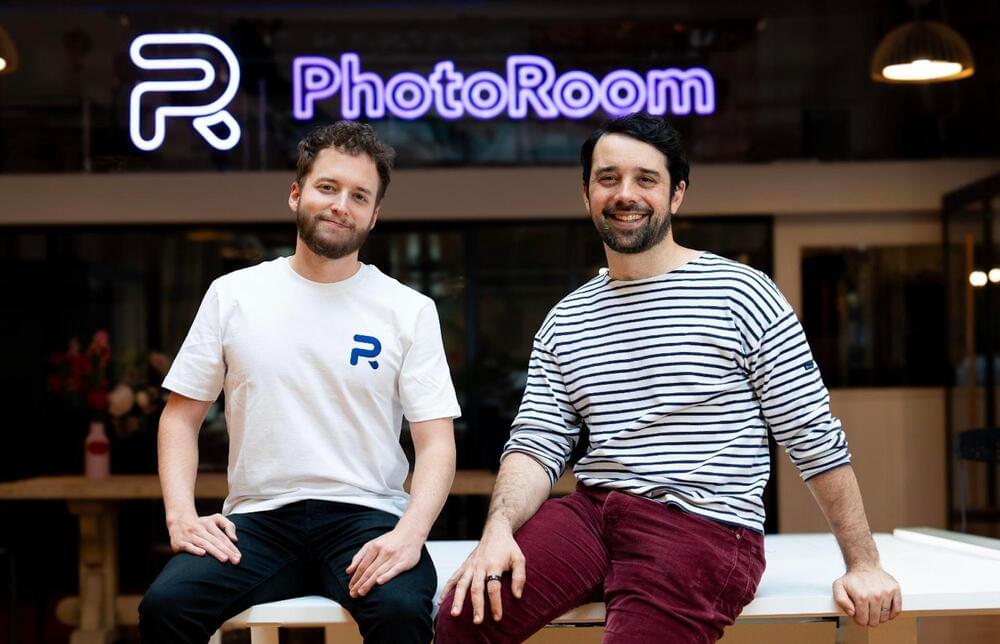Watch some of the biggest names in physics debate the mysteries of the quantum and its future, including Roger Penrose, Sabine Hossenfelder, Avshalom Elitzur, Michio Kaku, Suchitra Sebastian, Priya Natarajan, Joscha Bach, Erik Verlinde, Hilary Lawson and Bjørn Ekeberg.
From string theory to quantum gravity and quantum computers, the quantum discourse is all the buzz in physics and beyond. But what is possible and what mere fantasy? Can we bring together relativity and quantum mechanics? Will we ever find a unified theory to explain our universe?
00:00 Introduction.
00:45 Why is modern physics in crisis | Roger Penrose, Sabine Hossenfelder, Priya Natarajan, Erik Verlinde.
15:44 Are we at the cusp of a revolution? | Avshalom Elitzur, Michio Kaku, Joscha Bach, Bjørn Ekerberg.
28:06 What is quantum emergence? | Suchitra Sebastian.
#quantumemergence #relativity #quantumphysics.
Debates and talks featured:
The trouble with time (London, 2023)
https://iai.tv/video/the-trouble-with…
Mystery of emergence (London, 2023)
https://iai.tv/video/the-mystery-of-e…
Gravity and the universe (London, 2023)
https://iai.tv/video/gravity-and-the–…
Imagining the universe (Hay, 2023)
https://iai.tv/video/imagining-the-un…
The secrets of quantum emergence (Hay, 2023)
https://iai.tv/video/the-secrets-of-q…
The quantum hoax (Hay, 2023)
https://iai.tv/video/the-quantum-hoax…
Reality models and mayhem (Hay, 2023)
https://iai.tv/video/reality-models-a…
The quantum age (IAI Live, 2023)
https://iai.tv/video/the-quantum-age–…
The Institute of Art and Ideas features videos and articles from cutting edge thinkers discussing the ideas that are shaping the world, from metaphysics to string theory, technology to democracy, aesthetics to genetics. Subscribe today! https://iai.tv/subscribe?utm_source=Y…
For debates and talks: https://iai.tv.








